Dogs stop growing at different ages, depending on the breed. Smaller breeds tend to reach their full size at an earlier age than larger breeds. On average, dogs stop growing when they are about 1 to 2 years old. However, some larger breeds may continue to grow until they are 2 to 3 years old or even older.
When Do Dogs Stop Growing?
It's important to keep in mind that every dog is different, and their rate of growth can be affected by factors such as diet, exercise, and genetics. A dog's breed, size, and genetics all play a role in determining when dogs stop growing.
Smaller breeds, such as toy breeds and terriers, tend to reach their full size at an earlier age than larger breeds. These breeds may stop growing as early as 6 to 12 months of age.
Medium-sized breeds, such as retrievers and spaniels, typically stop growing between 12 and 18 months of age.
Larger breeds, such as Great Danes and St. Bernards, may continue to grow until they are 2 to 3 years old or even older. These breeds tend to have a longer growth period and may take longer to reach their full size.
It's also important to note that growth rates can vary even within the same breed. Some dogs may reach their full size at an earlier age, while others may take longer to grow.
Diet and exercise can also affect a dog's growth rate. A well-balanced diet that is appropriate for the dog's age and size can help ensure proper growth and development. Exercise is also important for proper growth and development, as it helps to build muscle and maintain a healthy weight.
If you have concerns about when do dogs stop growing. Also, for dogs' growth and development, it's best to consult with a veterinarian. They can help you determine if your dog is growing at a normal rate and provide guidance on how to care for your dog as they continue to grow and develop.
In general, it's important to provide your dog with the proper nutrition, exercise, and care they need to grow and develop properly. With the right care, your dog can grow into a happy and healthy adult.






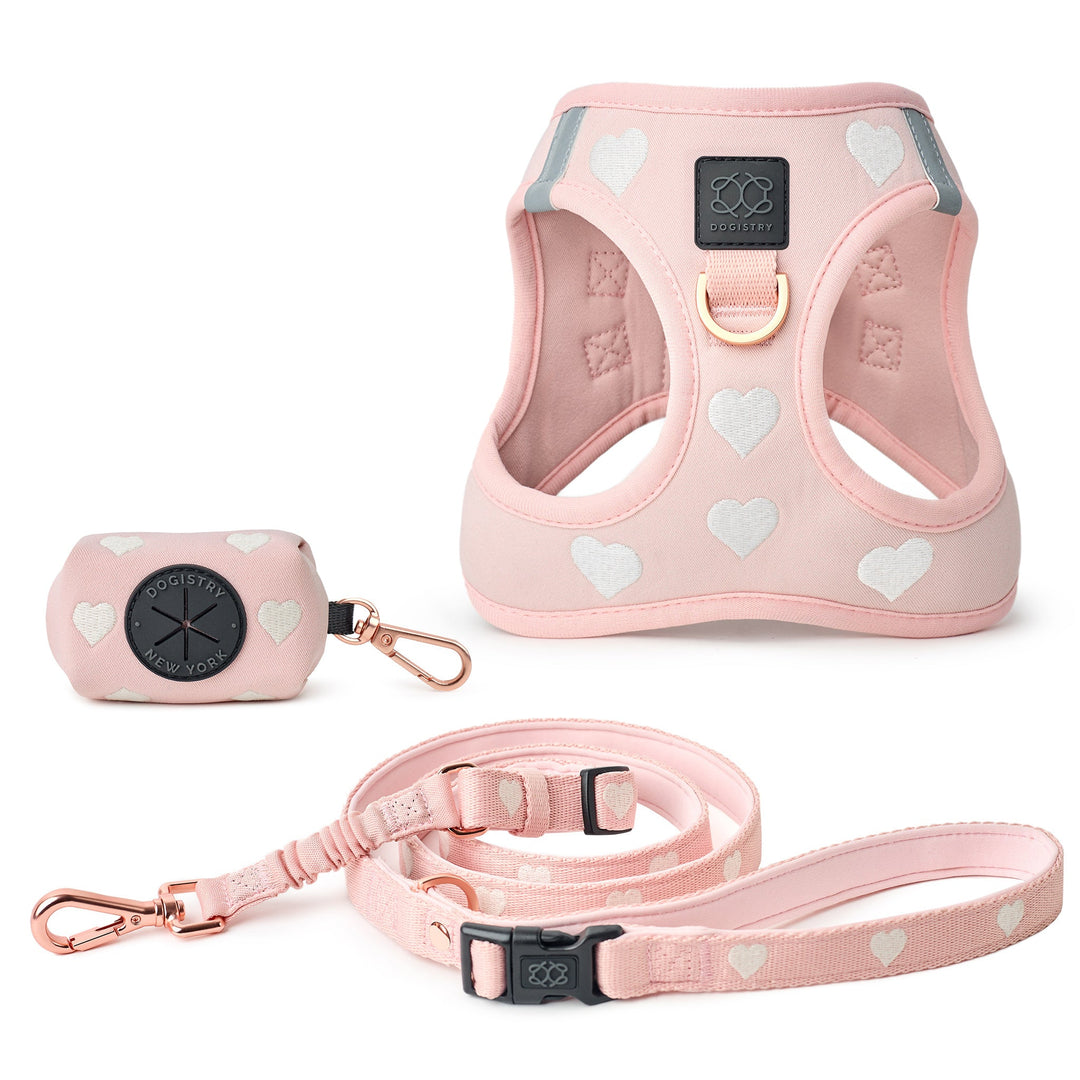
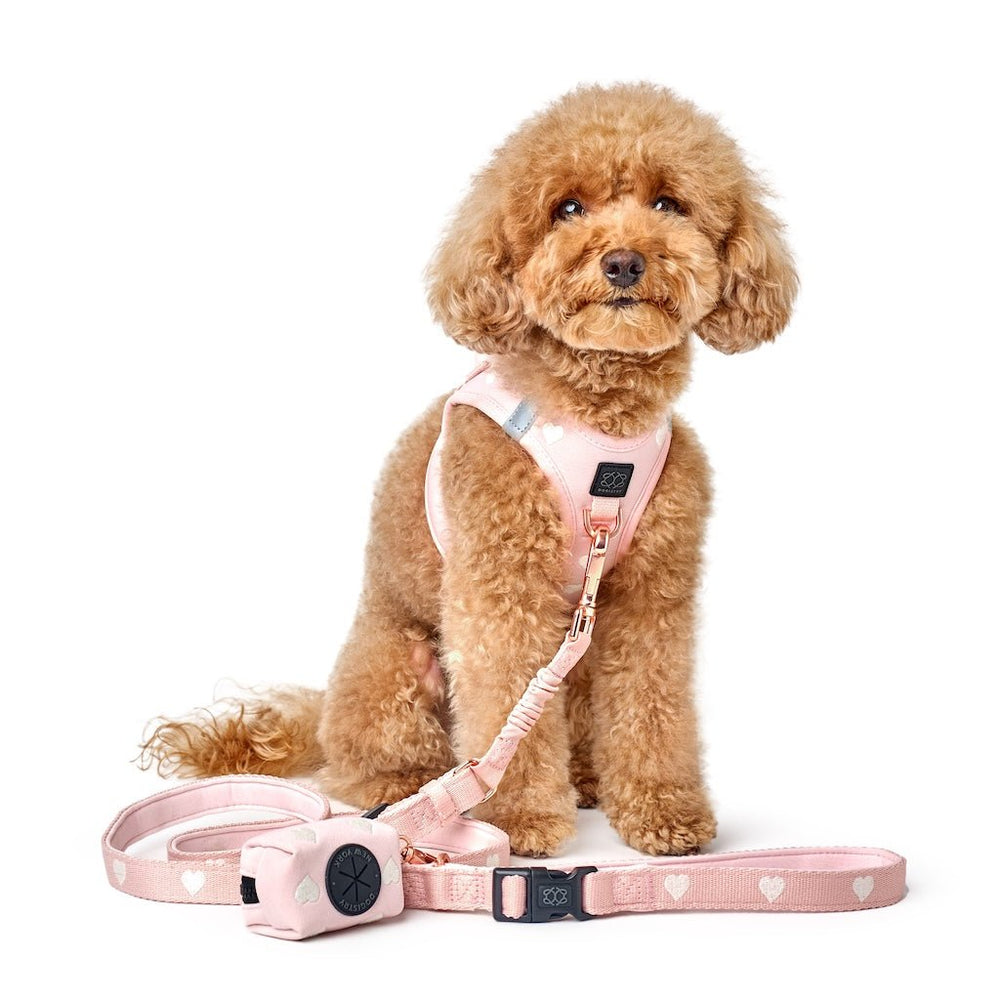
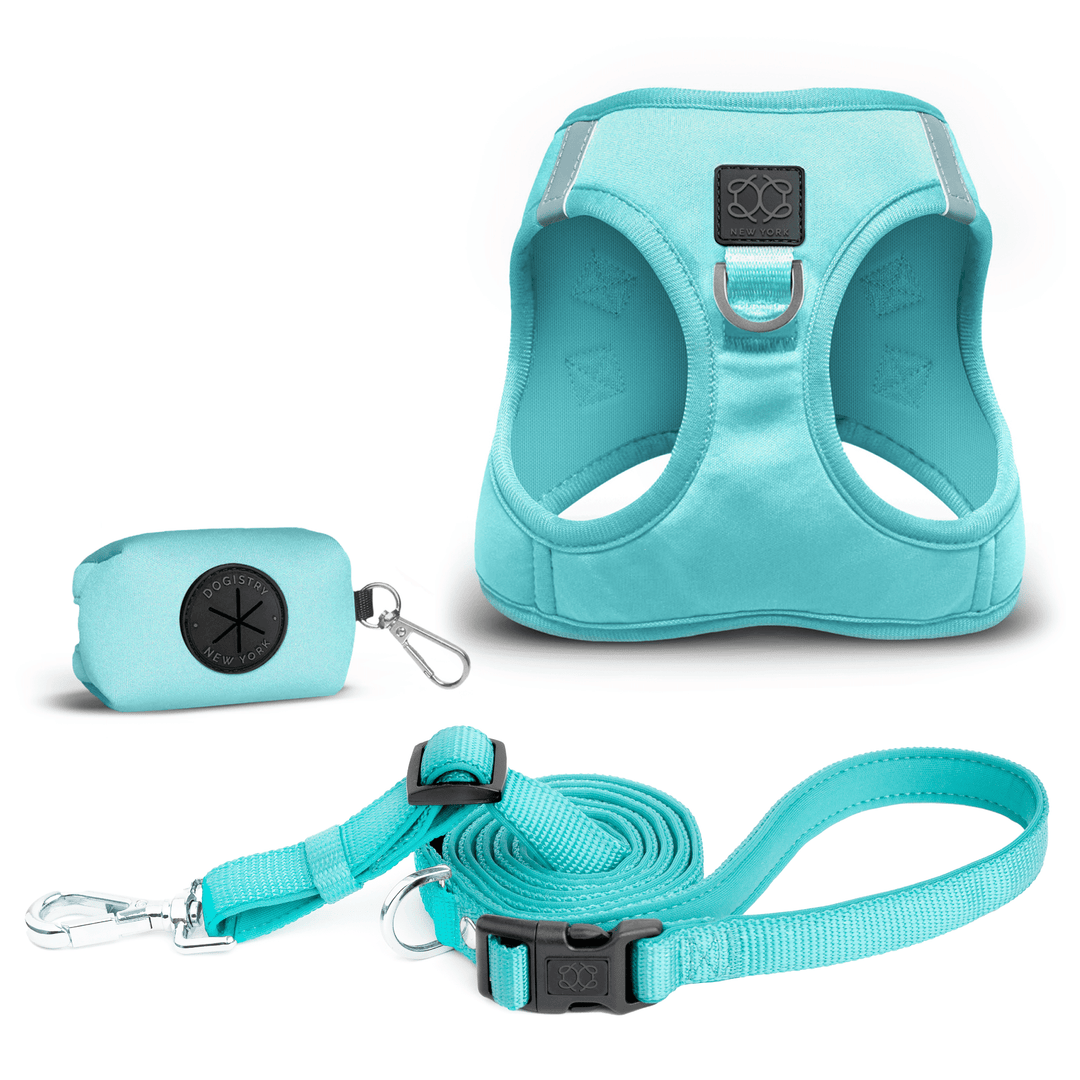
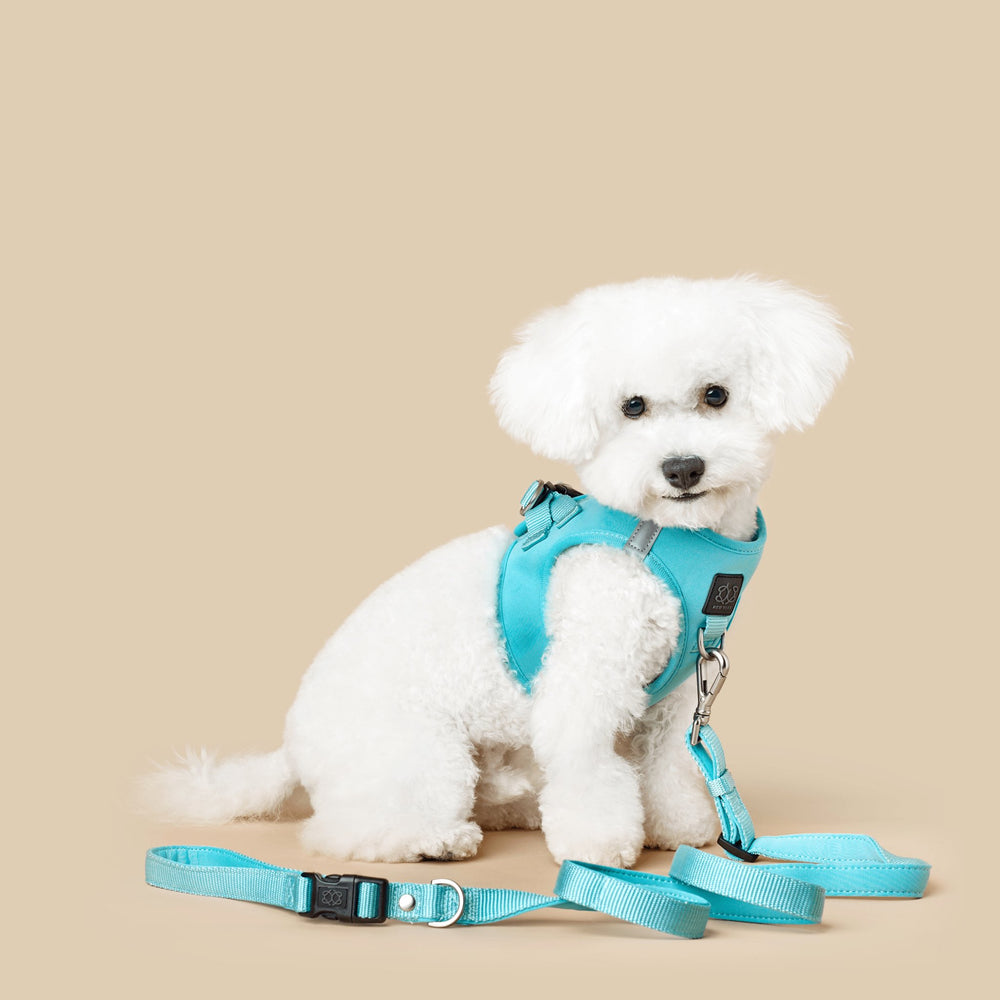
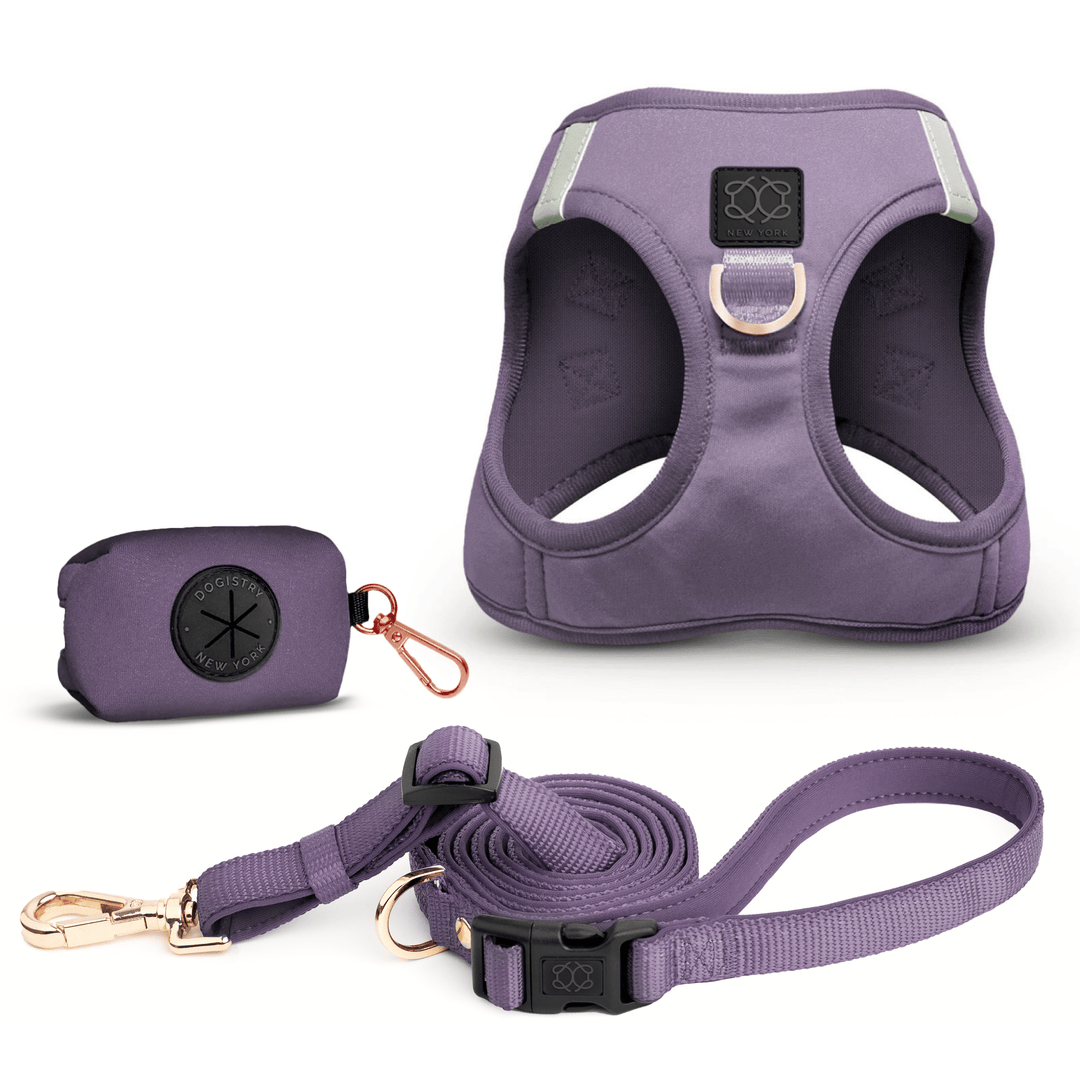
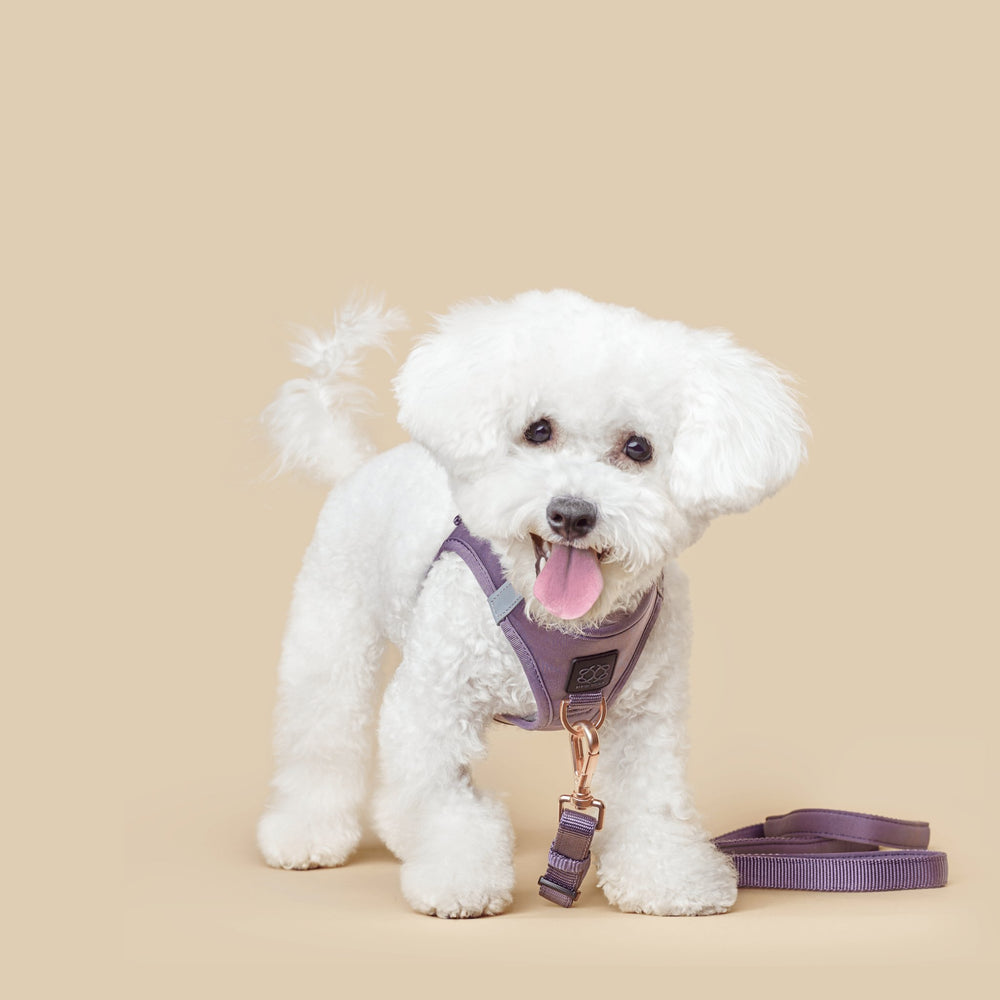
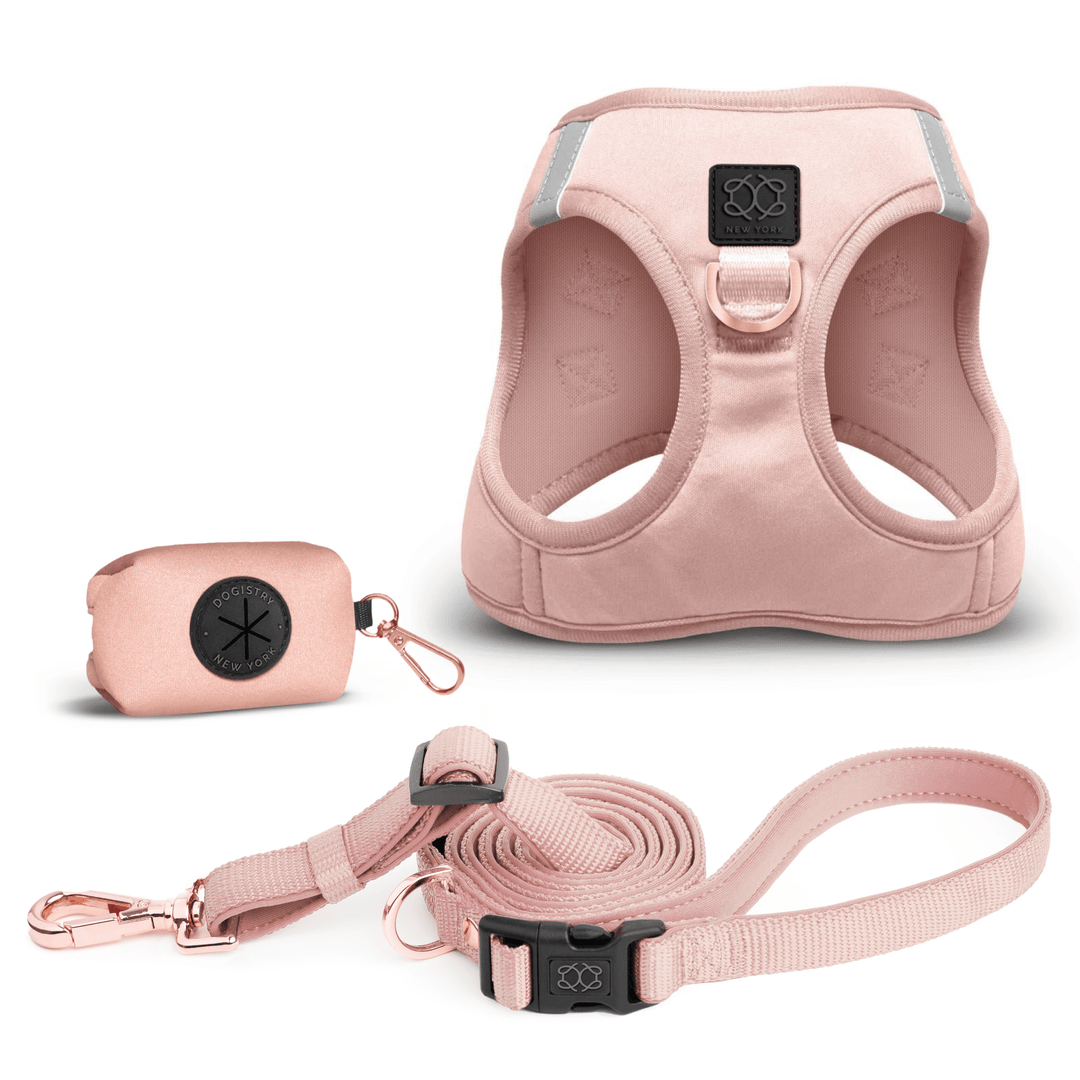
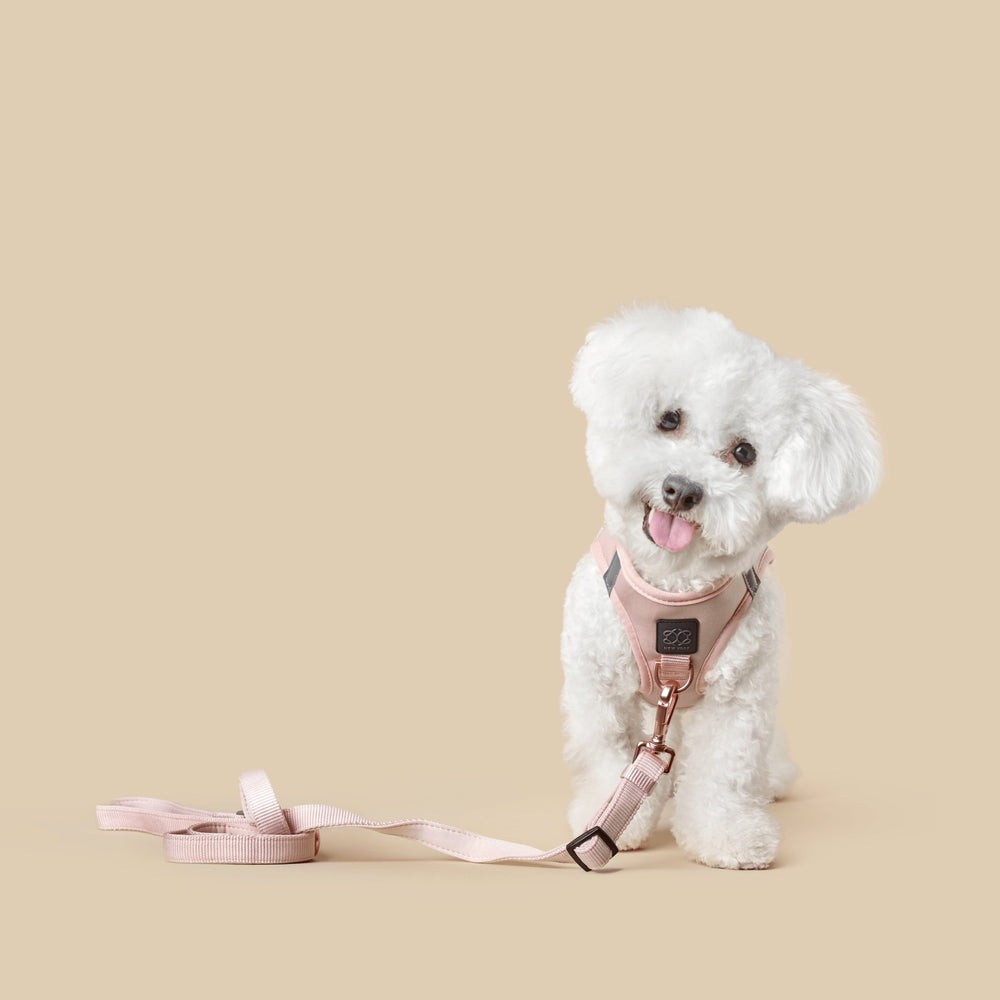
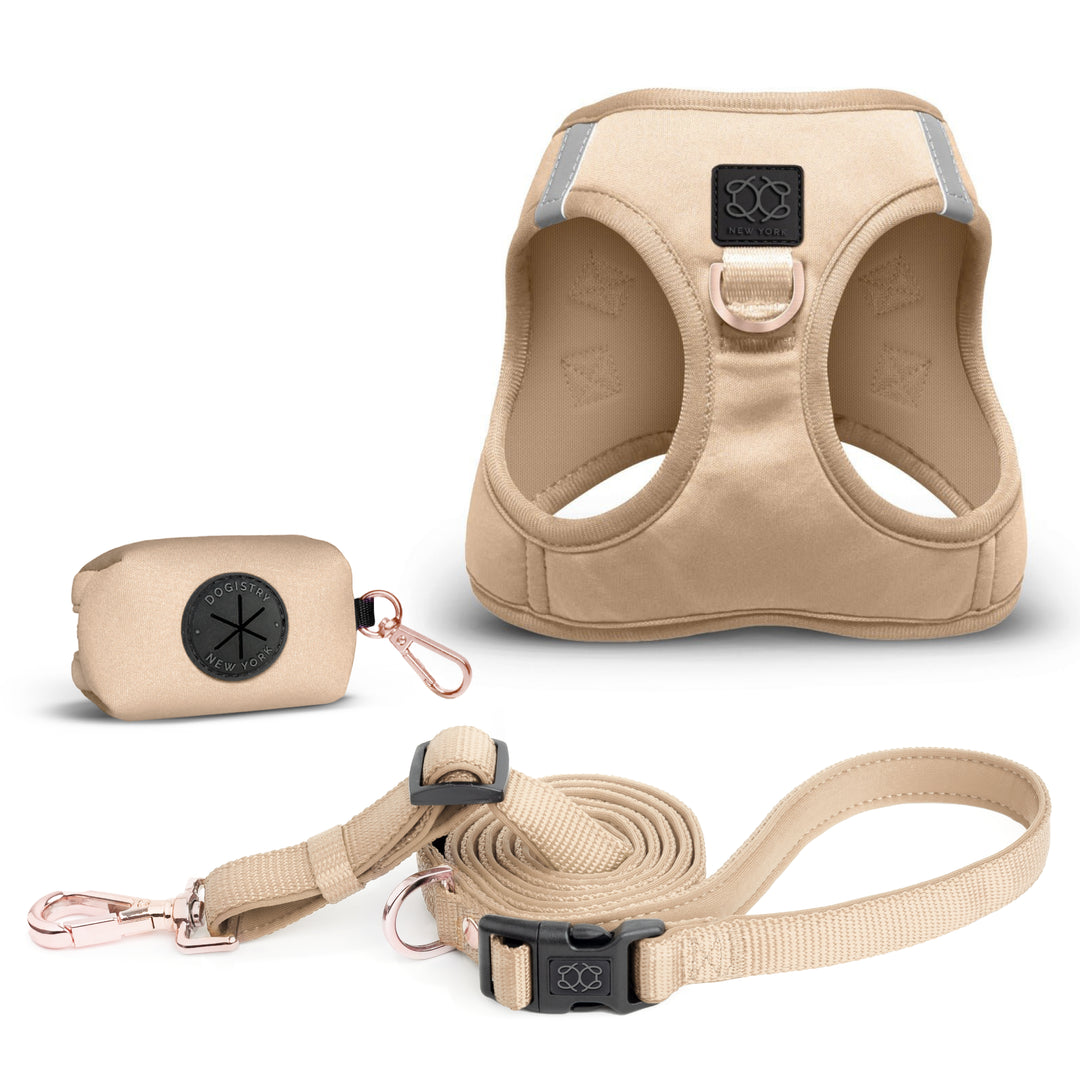

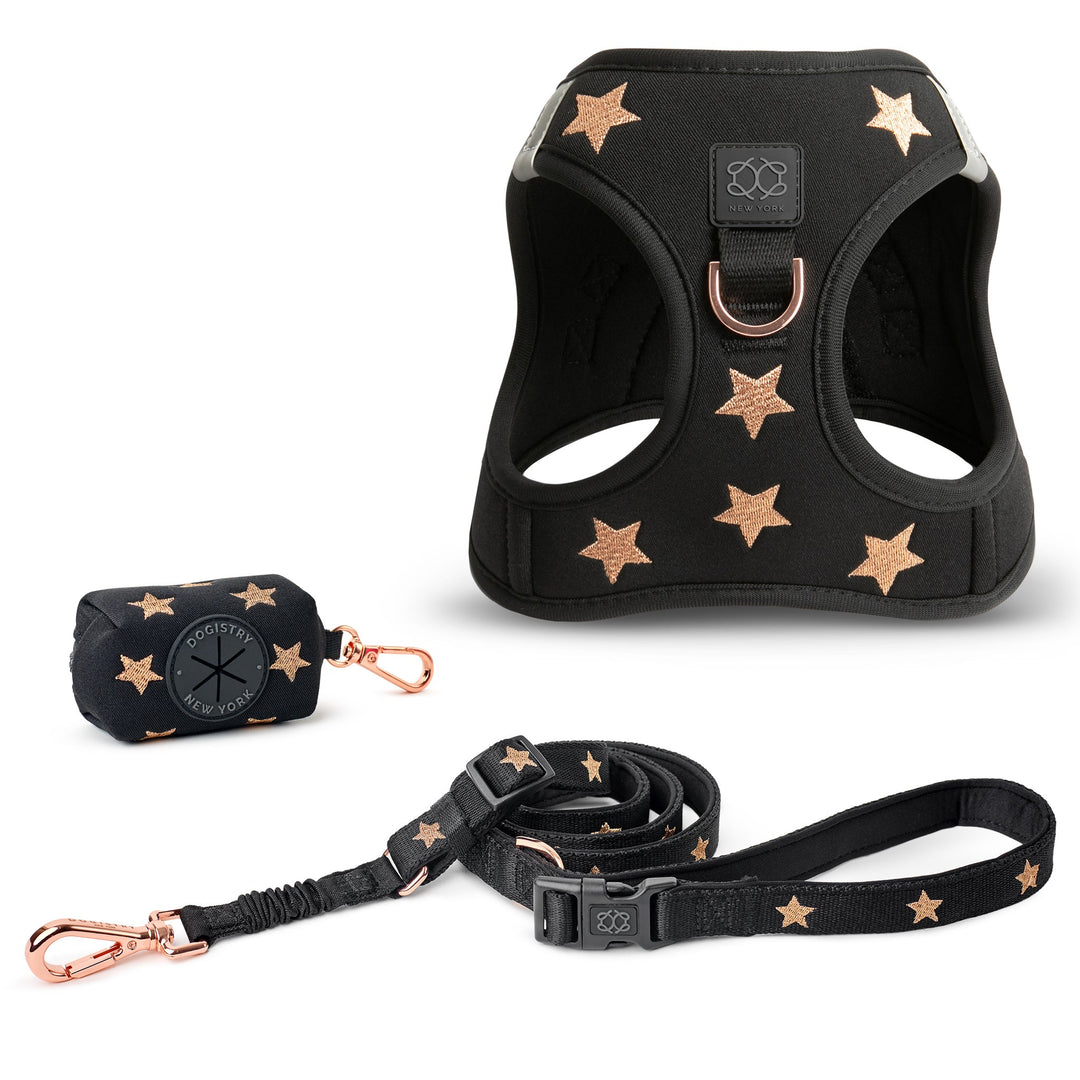

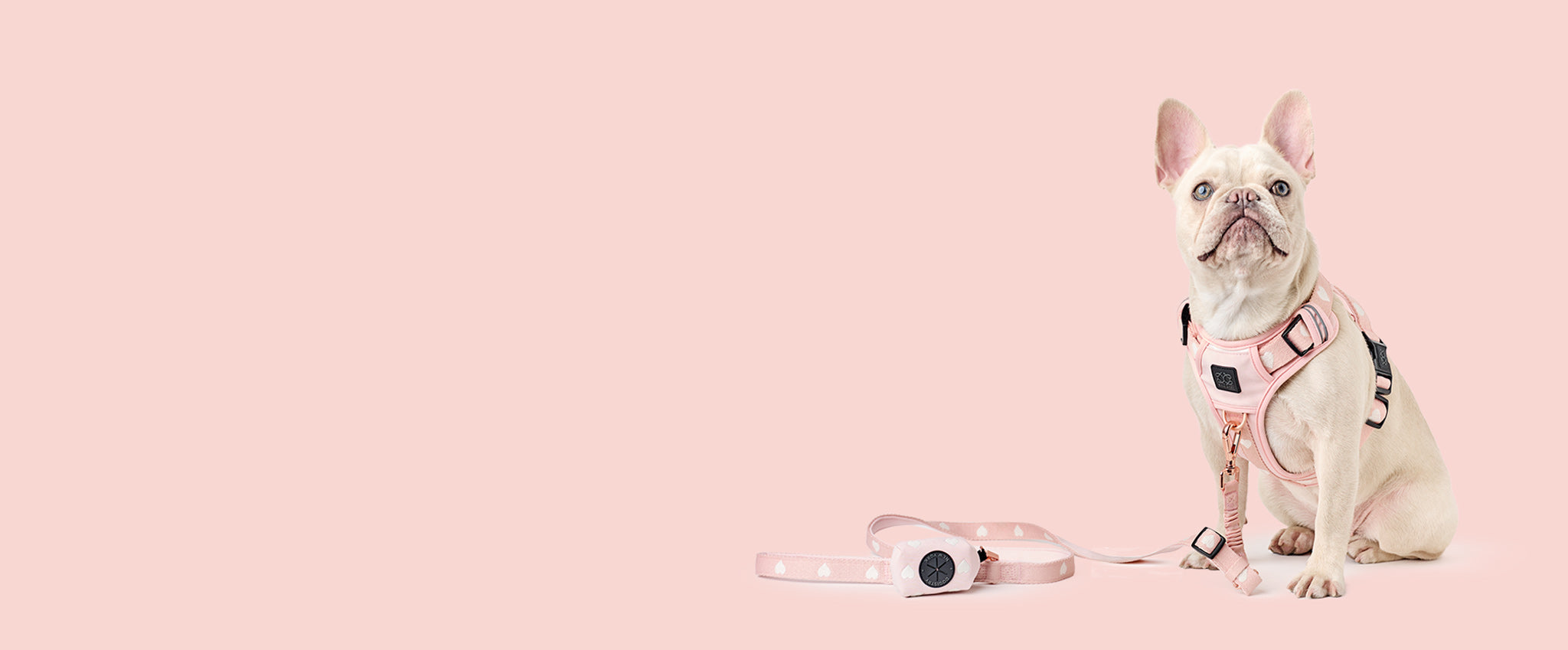

Leave a comment